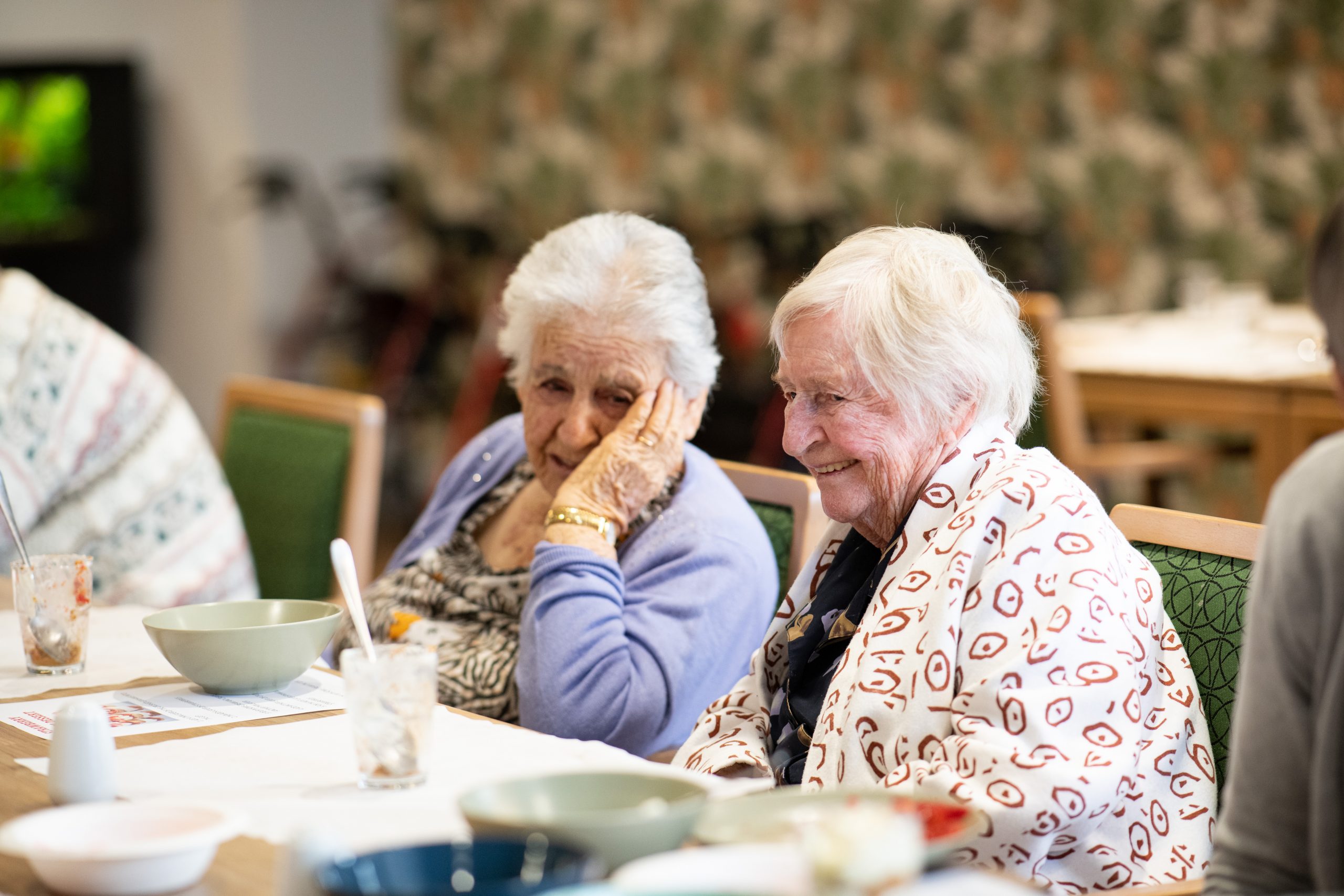
Care Apartments as a Care Community
August 11, 2022Assisted Living
Marketed as a happy medium between Independent Living and Residential Aged Care, Assisted Living Units (ALU’s) or Care Apartments are a Seniors Housing accommodation type that many providers are investigating and including in new developments.
Is this a new care model to meet the demographic demand or a response to the Royal Commission into Aged Care to de-institutionalise residential aged care? And what are the expectations of this type of ‘care accommodation’ in terms of design for the delivery of increasingly higher levels of care?
As architects who work very specifically in the Aged Care and Retirement Living sectors, Calderflower are seeing a range of different viewpoints around this model. As a starting point, an ALU is typically a 50 – 60sqm one-bedroom unit or studio which factors in accessibility standards for ageing in place and the provision of varying levels of care. These units will typically include a small kitchen for basic cooking and meal preparation and a small living and dining area.
ALU’s are arranged off a shared corridor similar to that in an Independent Living development and residents can receive varying services in their ALU that are tailored to the needs and requirements of each individual.
These services can be in the form of separate home care packages that can be outsourced or provided on-site.
Another model is where care staff are on-site and available 24 hours a day to attend to the residents as they need. In this sense, care staff could require an office and also the shared utilities needed for providing care somewhere on the same floor outside of the ALU’s themselves.
These are sometimes referred to as Serviced Apartments and are advertised to provide services to the resident in their apartments for meals, laundry and cleaning, medication management and personal care.
It is also common that a communal dining room is available for residents to come to and enjoy meals with other residents that are prepared by the chef if they choose to.
This type of care accommodation is not unlike the older model of a low care Hostel, but with a more sophisticated service offering and quite often with a high-end level of design quality. The staff/ resident ratios that often challenge the Residential Aged Care sector for cost efficiencies could be different in an Assisted Living accommodation type if the funding arrangements are structured around a ‘user pays’ system which many are advocating for.
Other challenges facing this accommodation type relate to the building classification and whether this is an ‘apartment’ in a Class 2 building, or whether it fits a Class 3 or even 9C classification. The definition of this type of Seniors Housing is likely to influence the planning pathway and applicable planning legislation for development approval.
Community
The social value of communities is well understood and sought after. Someone moving from their home to an Assisted Living unit will be seeking out a like-minded community to be part of, as well as appropriate accommodation.
The communality of groups in Residential Aged Care can help alleviate loneliness and isolation and the availability of staff to observe many residents together is one of the positives of Residential Aged Care.
In the absence of the ‘communal living’ concept of Residential Aged Care’ where does the sense of community come from in an ALU development?
Residents in Assisted Living would have the choice of whether to join in activities and have shared meals in a dining room or stay in their unit and enjoy the privacy and amenity of their own space and utilities.
Assisted Living perhaps provides more choice and flexibility for residents when they are more mobile and active. As a resident’s care needs increase and they become less mobile and more dependent they still will need to find a way to interact with other residents so that they are not lonely and cut off from conversations and activity events for socialising.
The food experience enjoyed in a shared dining room provides a core social hub in most care environments. Mealtimes are highly anticipated, and the presence of quality food and atmospheric ambiance can go far in bringing people together. The kitchen or food service area can be a resident-friendly space where cooking as a social activity can be shared and enjoyed with others.
The provision of communal spaces such as lounges, reading rooms, craft areas, wellness hubs and allied health services, a bar or club room and garden clubs, pet walking groups etc are essential elements needed to bring people together. The absence of these vital areas, if the focus is just on accommodation modules and care delivery, would defeat the purpose and opportunity of connecting people on a social and supportive level.
Calderflower look forward to seeing more of these types of developments being designed and delivered, and for real data and case study feedback becoming available about the viability of different approaches. We welcome new approaches to Seniors Housing and believe there is no single building or care type that provides for the diversity of seniors, their accommodation or care needs.
Our team are ready to bring your vision to life through a collaborative and innovative design process. Get in touch to get started.
2021 © CalderFlower
• Level 4, 48 Chippen Street Chippendale NSW 2008

